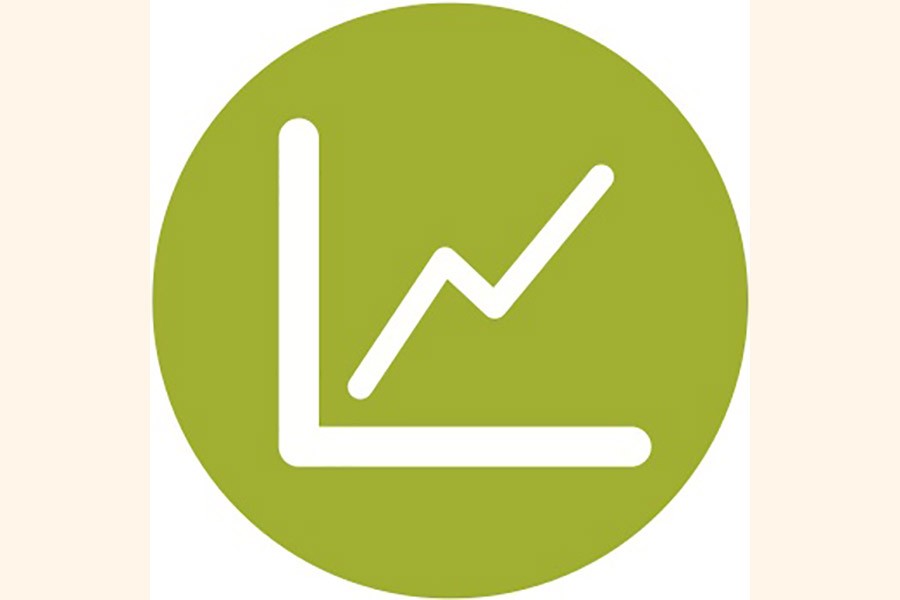Per capita income of Bangladesh was US$1466 last year and the government hopes during the current fiscal the GDP growth rate will rise to 7.12 per cent and per capita income to US$1602. The World Bank however, differed slightly and predicted the country's GDP growth rate would be 6.8 per cent and despite being lower than government predictions it would be a rare record if achieved. There had been remarkable development in Bangladesh in areas of production and export and particularly its performance in some social indicators was way above both India and Pakistan which earned lavish praises from the leading economists of the world, including Nobel laureates Gunnar Myrdal, Amartya Sen and Joseph Stiglitz. But the Nobel laureates alongside showering compliments for the good work done by Bangladesh, did not however hesitate to identify the weaknesses of the economy. According to them despite its superiority to India and Pakistan in some socio-economic indicators, Bangladesh failed to take effective steps in reducing income inequalities, preventing corruption, combating climate change, building a democratic infrastructure and conquering problems of malnutrition and illiteracy which are preconditions for overall development.
Although women's participation in socio-economic activities increased, about 85 per cent of women who are garment workers still live below the poverty line which is inconsistent with much quoted rise in per capita income. Political stability, another crucial requirement is yet to be achieved which confirms that economic growth on its own does not buy political stability. That reminds us of the famous theory 'development of non-development' by Andre Gundar Frank - development of limited few rich people at the cost of the vast majority of people. Paul Crogman, the Nobel winning economist of 2008 went a step ahead and was of the view that in a weak democracy the government fails to prevent corruption due to lack of control over market and the economy may crumble in future.
What has been happening now is development of a limited few at the cost of continued backwardness, which is non-development of the majority. That is why despite making remarkable progress, there are visible signs of income inequalities and other social evils.
Bangladesh has very little to be proud of in combating climate change. Biodiversity of nature is being destroyed due to unplanned urbanization and loss of cropping lands to accommodate new industrial enterprises. Dhaka is now known as one of the worst capitals in the world. Structural development is required more for the city. We have heard about the rise in per capita income but if the per capita loan is calculated, we could know how much loan is being imposed on the child born today.
While 90 per cent of our people leads an ordinary life, luxurious and lavish lifestyle of the remaining 10 per cent have blurred the vision of sustainable development. Between 80-90 per cent people of the 'first world' are like people of the 'Third World', few individuals in a Third World country like Bangladesh have created a 'first world' for them and are leading a regal and expensive life devoid of social accountability which is evident from information on 'Raintree' and 'Apon Jewellers'. Climate experts of the world including Stephen Hawking are of the opinion that if people do not change their lifestyle, it will not take long for the human race to be extinct.
Although the per capita income of Bangladesh is US$1466, it has failed to influence social and human development and the structural situation of Dhaka at present is worse than 1950. The country is on its way to achieve higher middle income status. Does that mean that the socio-economic imbalances will penetrate further, because development and non-development move together with hand in hand?


